+86 15093323284 hams@ailunce.com
Common Types of Short-wave Antennas

The commonly used short-wave antennas are mainly classified into three categories, the vertical antenna (GP), the dipole antenna (DP), and the Yagi antenna (YAGI). In addition, there are frame type, diamond type, dish type, etc. Here we mainly discuss the first three types of antennas, among which the focus is on dipole antenna and its deformation.
In terms of use, GP antennas are mainly used for short-range communication, especially for short-range communication, which relies on ground wave transmission, and the effect is very good. The short-distance communication effect of the DP antenna is terrible. Due to the height limitation, it is impossible for ordinary hams to set up a very high antenna. Generally, a GP antenna with a height of 5-10 meters is suitable for erection. But for short-wave wavelengths, such heights are not enough. For example, a 180-meter wave, even a 1/2-wavelength is 90 meters high, which is simply impossible for ordinary hams. Therefore, the 5-10 meter high short-wave antenna must be sensitized if it wants to be used in the short-wave full range, so that the transmission efficiency is very low.
Usually, the GP antenna is used for the 21-29M frequency band, and the GP antenna is no longer used in the lower frequency band. In addition, the lightning protection of the GP antenna is also more difficult to do. It is impossible to build a lightning rod with an iron pipe higher than the antenna next to the antenna.
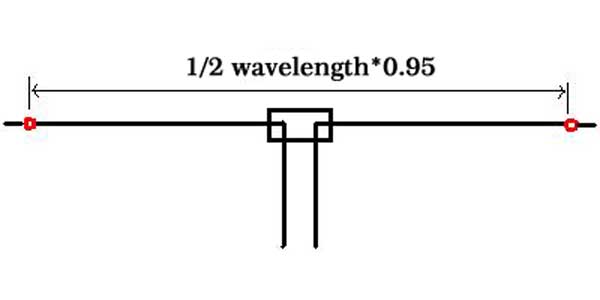
Figure 1: DP Antenna
Figure 1 shows the structure of a typical DP antenna. The red portion is an insulator and is separated from the traction ropes at both ends. The main oscillator length is 1/2 wavelength * 0.95 shortening rate. Why use 1/2 wavelength? This is because the 1/2 wavelength center tap is 1/4 wavelength at each end, so that the impedance of the antenna is 50 ohms to match the transmitter.
The DP antenna mainly uses sky-wave communication. The effect of long-distance communication is very good, and the installation is simple. It does not need to erect a very high antenna, and the production cost is low, so it is adopted by most radio enthusiasts. There are many variations of the DP antenna. Let me introduce you one by one.
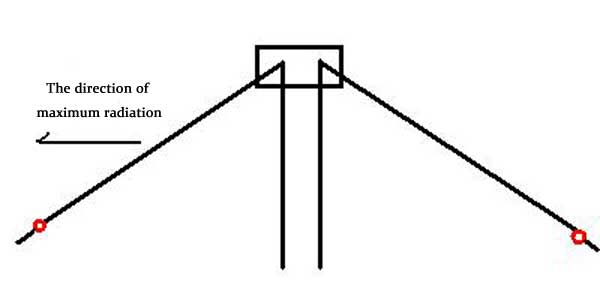
Figure 2: Inverted V Antenna
Inverted V antenna, this is a variant of the DP antenna. One of the things can save the footprint of the antenna. On the other hand, it can improve the close-range ground wave communication effect of the original DP antenna. But after doing so, the antenna has directionality, see the maximum radiation direction in Figure 2.
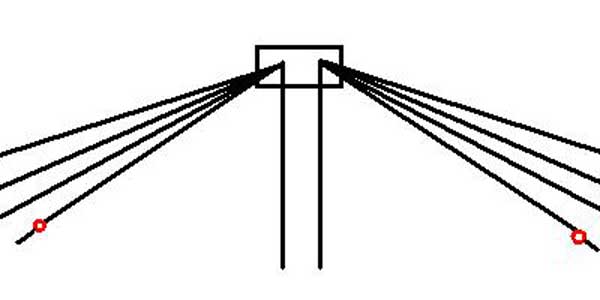
Figure 3: Multi-band Inverted V Antenna
Since short-wave transmitters can operate in various bands of 0-30M, a single-length antenna cannot meet our needs, and it is unrealistic to make one antenna for each band. In this way, we need a multi-band inverted "V" antenna. This has the advantage of saving floor space and eliminating the need for several antennas to switch back and forth. However, the disadvantage of this is that each band oscillator interacts with each other, and the length of the vibrator needs to be trimmed one by one to achieve the best matching state.
DP antennas need to make two identical halves of the vibrator. For an experienced HAM, a multi-band antenna can be made in an hour. So for the novice, is there any good way to use the radio at hand? of course can! Let's talk about the monopole antenna.
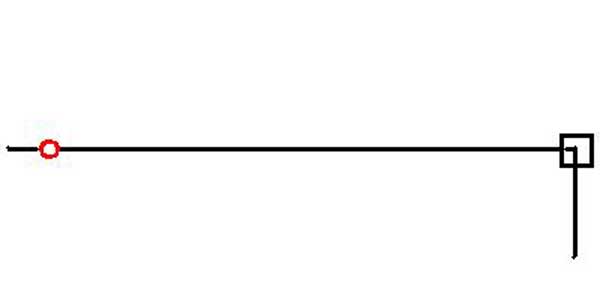
Figure 4: Monopole Antenna
Figure 4 shows the prototype of a monopole antenna. As long as the length of the vibrator is long enough, each frequency band can be covered. A monopole antenna has only one vibrator. If used as a multi-band antenna, an antenna tuner is required to suit different frequency bands.
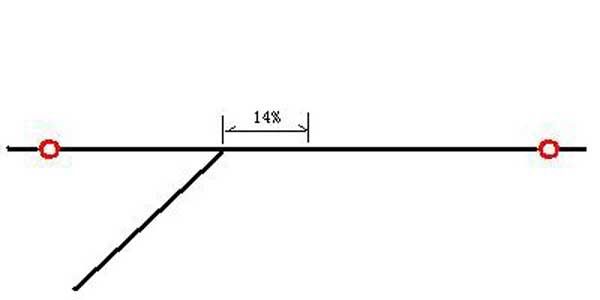
Figure 5: Offset Antenna
Figure 5 is also a kind of monopole antenna: WINDOM, also known as offset antenna. The length of the vibrator is 1/2 wavelength * 0.95, the feed point is 14% off the midpoint, and the feeder is a single wire.
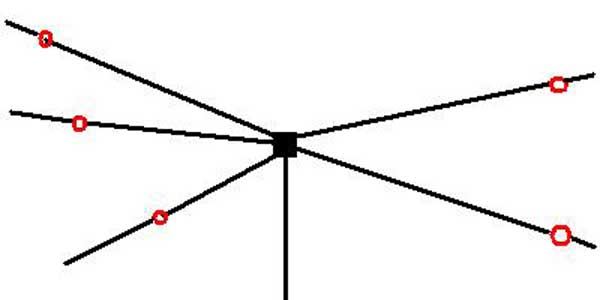
Figure 6: Multi-band Monopole Antenna
The monopole antenna can also be made into multiple bands. Figure 6 is a multi-band monopole antenna with a 1:5 balun added to the center.
It is worth noting that the monopole antenna may have high voltage, so the transmitter must be grounded reliably and the antenna vibrator should be placed in an inaccessible place to prevent electric shock.
In fact, short-wave antennas are not mysterious, and they work well as long as they are adjusted. For example, my homemade "W" antenna is a variant of the inverted "V" antenna, and the effect is satisfactory. Therefore, as long as you master the principle and use your brain to make your imagination, you can also design an excellent short-wave antenna!











